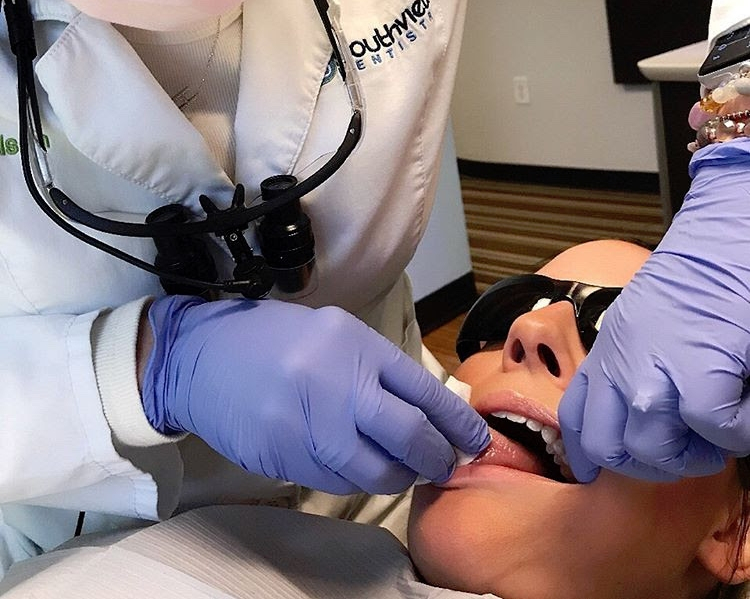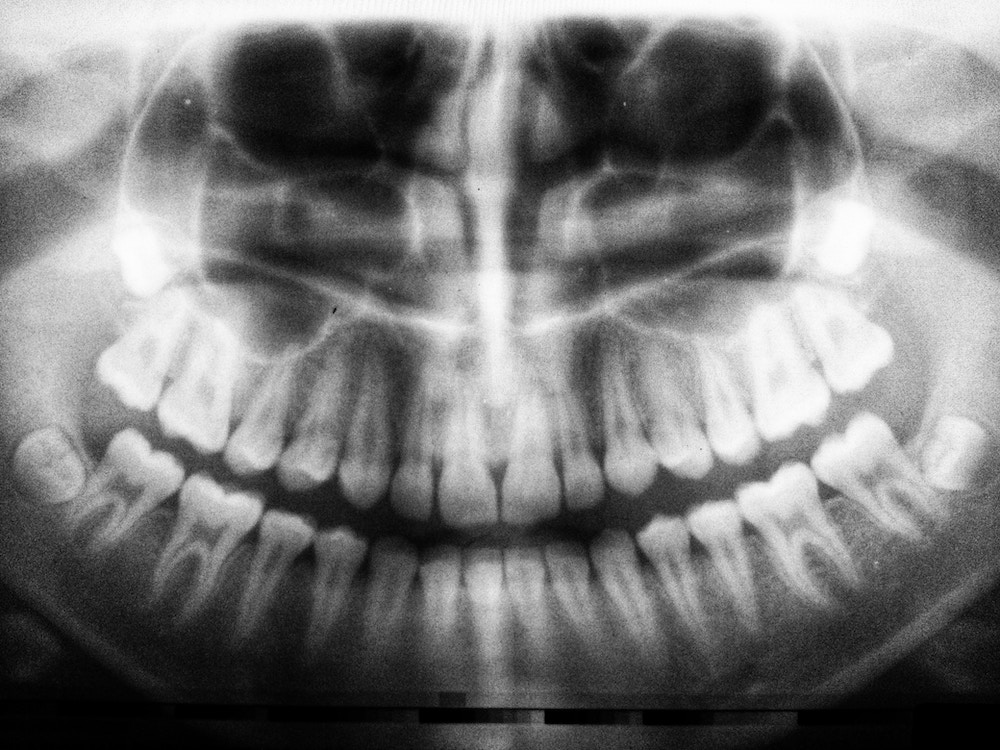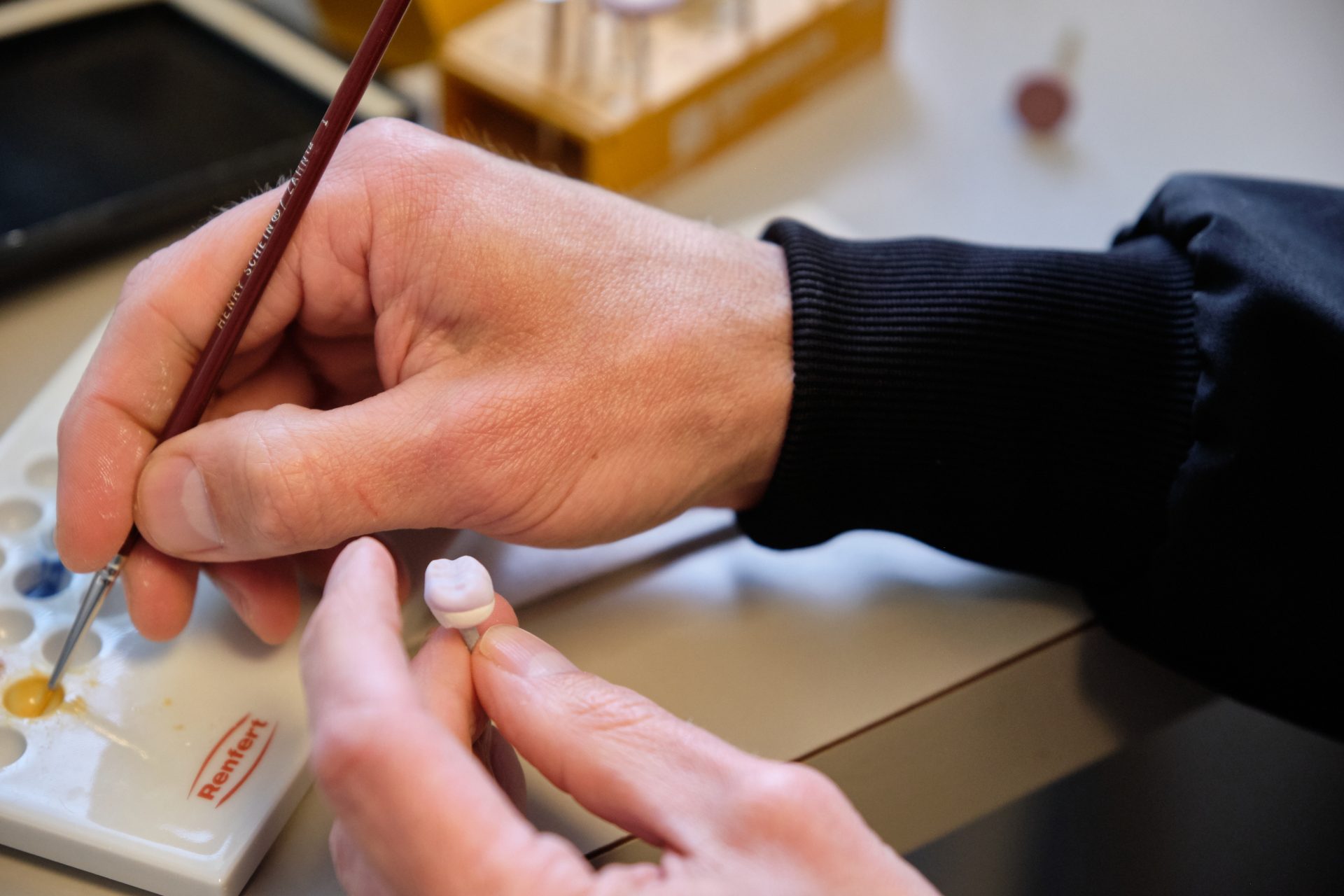
Oral Cancer Awareness Month: The Importance of Cancer Screenings and Head and Neck Exams
April 10, 2019
Your Most Burning Dental Questions Answered
May 17, 2019Oftentimes patients ask us, “Are dental x-rays safe?” We would like to take a moment to discuss this subject because there are a lot of misconceptions as well as legitimate health concerns. For example, many patients do not realize there are different types of X-rays and imaging techniques. For dental X-rays, we use the lowest dose of radiation we can.
When considering whether you need a set of dental X-rays, it may help to weigh the pros and cons.
Are Dental X-Rays Safe?
Imaging like X-rays helps your dental professional detect damage or disease that they cannot see during a visual examination. It shows what is going on inside with bones and other tissues. Thanks to X-rays, your dentist may see early signs of tooth decay, alignment issues, joint issues, bone loss, and even some of the effects of disease and oral cancers. These images contribute to early diagnosis and more importantly to early intervention. As a result of dental X-rays, your dental team may identify signs of gum disease and teach you correct oral hygiene and offer more frequent cleanings that prevent the need for more serious treatment or even dentures in the future. Similar could be said about many other oral health concerns. An X-ray may prevent future root canals or extractions since the dentist may see signs of decay earlier.
The frequency of X-rays required will depend on your age, stage of development, health risks, history, and symptoms. Since everyone is different, as a result, your dentist will need baseline images that will serve as a reference to better identify if changes or issues develop. For this reason, when you change dentists, ensure your new dentist receives copies of any images your previous dentist took.
Dental X-rays use very low levels of radiation. Dentists seek to follow a protocol of “As Low As Reasonable Achievable” (the ALARA principle). We tools and techniques to limit radiation exposure to the body as much as possible. This is one of the reasons you may wear a protective leaded apron or cape during your X-ray.
When considering are dental x-rays safe, it helps to have a little perspective. We encounter radiation during many life activities.
Comparing Dental X-rays To Other Sources Of Radiation
Keep in mind that we naturally experience radiation from minerals in the earth. All organic matter including humans, animals, and vegetables contain carbon and potassium which happen to be radioactive. Keep in mind that the effects of radiation accumulate over time. While it is impossible to avoid natural radiation, you may still want to avoid excessive radiation exposure. As dental professionals, we think the potential life-saving benefits of occasional dental X-rays far outweighs the risk of the minimal radiation exposure involved in a set of X-rays.
Depending on the type of dental X-ray, the radiation dose varies.
- One old-school film based dental X-ray – .5 mrem
- One digital dental X-ray – .08 mrem
- A set of four Bitewings – .4 mrem
An mrem refers to a “Millirem” which is the unit X-rays are measured by. The previous list doesn’t include every kind of X-ray machine but serves as a basic reference. Notice more modern imaging techniques like digital X-rays reduce the dose. The information comparing radiation sources comes from the American Nuclear Society.
Since we realize that radiation is all around us, let’s compare the radiation exposure in mrem from other sources:
- Flying in an airplane – .5 mrem per 30 minutes of flight.
- Smoking a daily pack of cigarettes – 36 mrem per year
- A mammogram screening – 42 mrem per breast
- Cooking using natural gas – 10 mrem per year
- Sleeping next to another person – 2 mrem per year
- Watching television or using a computer – 1 mrem per year
- Drinking water and eating food – 30 mrem per year
The American Nuclear Society offers a radiation calculator to estimate how much radiation you may experience in daily life. Keep in mind the estimates provided are strictly for general education and comparison.
What Dental X-rays Show Your Dentist And Why They Take Them
The American Dental Association and Colgate made a list of some of the conditions that dental X-rays may uncover. Since an X-ray provides a picture of what is happening beneath the surface, you may be surprised at the range of conditions that an X-ray can help diagnose. They include:
- Early signs of gum disease including changes in bone density.
- Small areas of decay or cavities in the teeth.
- Cysts or abscesses.
- Signs of diseases in the bone or bone damage.
- Evidence of trauma or injury.
- Issues concerning developmental abnormalities and alignment.
- Signs of some systemic illnesses.
- Signs of some types of tumors.
Of course, the X-ray only provides an image that serves as a diagnostic tool. A dentist or medical professional must carefully review the X-rays and interpret the results. Often X-rays indicate to your doctor what areas to look at and whether you need additional tests. When it comes to your health or your family’s health, chances are you may want your dentist and doctor to use all appropriate tools.
Southview is Here to Help
Depending on your age, health, and situation the frequency of recommended X-rays varies. Be sure to discuss any concerns with your dental team as well as your primary care doctor. This will help answer are dental x-rays safe and determine the benefits to see whether you need a set of X-rays. You may not need a set of X-rays with every examination or even every year. Since the factors vary from person to person, this is a topic to discuss with your dental professional. Feel free to ask any questions or to express your concerns.
Regular dental screenings and dental cleanings are essential to protecting your dental health. Charlotte residents have trusted their dental health to the team at Southview Dentistry. Contact us today if you need to schedule your screening examination or dental cleaning.




